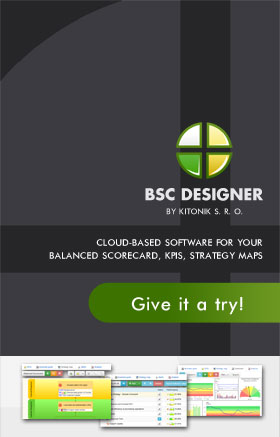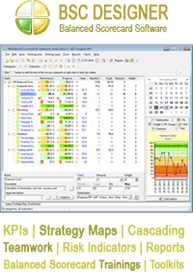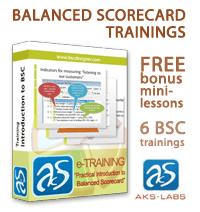Balanced Scorecards Allow Supply Chain Revamps
With the recent cut-throat competition prevailing in the global markets and firms trying to sustain their existence, ‘competition’ is now the name of this game. The best way to compete in any situation is to improve the responsiveness time for any event. Organizations needs to map out their; operations, strategies and methods including technologies to develop a framework for achieving effectiveness and productivity.
However, it is highly unlikely for an organization to have the entire set of resources essential to fight competition on its own available. To combat such a situation revamping the value chain becomes important. This helps to out-control the factors that steer costs high. What technologies we choose, play a significant role in how well an organization’s value chain is streamlined. With today’s demands of leveling inventory levels with the forecasted sales future, management often has to take crucial decisions as to lowering inventory to reduce cost or stocking up for future business. This condition for the moment reigns worldwide extending from medium to large sized companies. However organizations globally are focusing on reducing inventory levels along the chain the benefits of which are reflected as less costly, efficient manufacturing and better trust among partners. To keep vigilance about supply chain organizations are focusing in using support systems like Balanced Scorecard that allow planning in consultation rather than isolation.
These score cards allow identifying and achieving the set ultimate goals, using the metrics that are collected on it for measuring the activities. These metrics or indicators are quantified and involve perspective as; manufacturing, warehousing, transportation, financial performance the answers to which are important to track down the inventory costs. These indicators are rated in contrast with the pre-determined ranges to find out the accurate measures and costs of the activities. The indicators are categorized relevant to their nature and cannot be used more than once. The results extracted through this data can be concluded and represented through strategy maps easily accessible by the systems of the management for reviewing or feedback. The maps also offer attractive visualization for data to be interlinked.
These metrics or indicators set performance measure for manufacturing, warehousing, financing and delivery from various aspects, giving the management objective, concise and accurate gauge and results that helps both the workers and firm benefit.
Supply chain is a phenomenon that aims at putting resources like individuals, technology and functions in an organization in a manner that facilitates products/ services from ‘point of origin’ to the end-user curbing costs and harnessing effectiveness in terms of time and quality all the way. Using softwares like Balanced scorecard a firm can integrate its processes to enjoy improved quality, higher profit margins and efficiencies in; manufacturing, product design and thus enhanced customer service.


